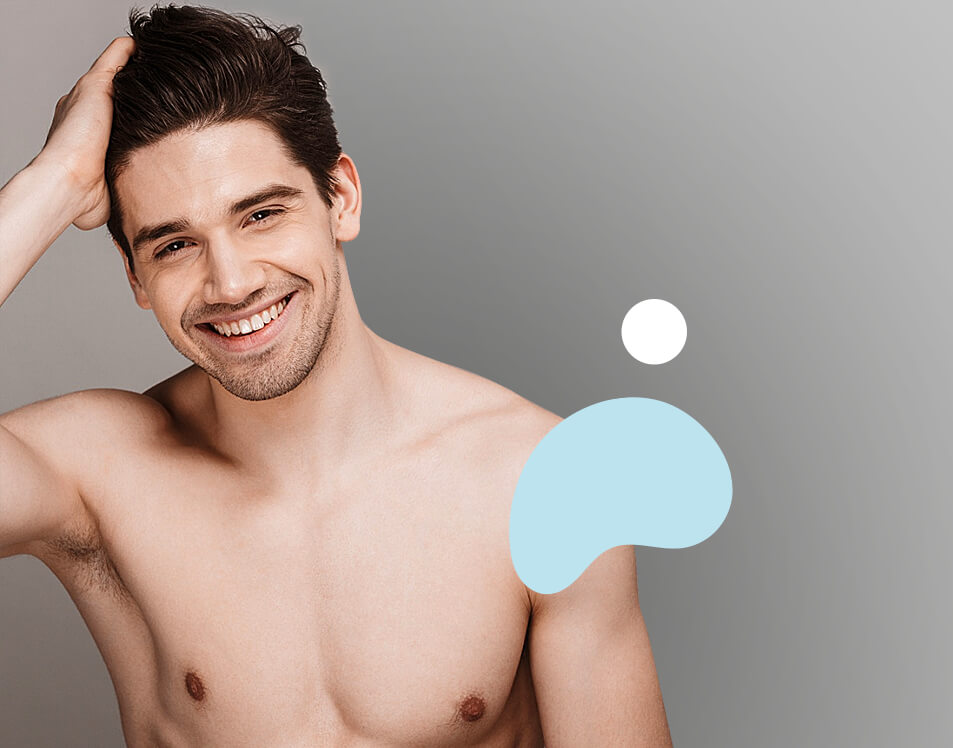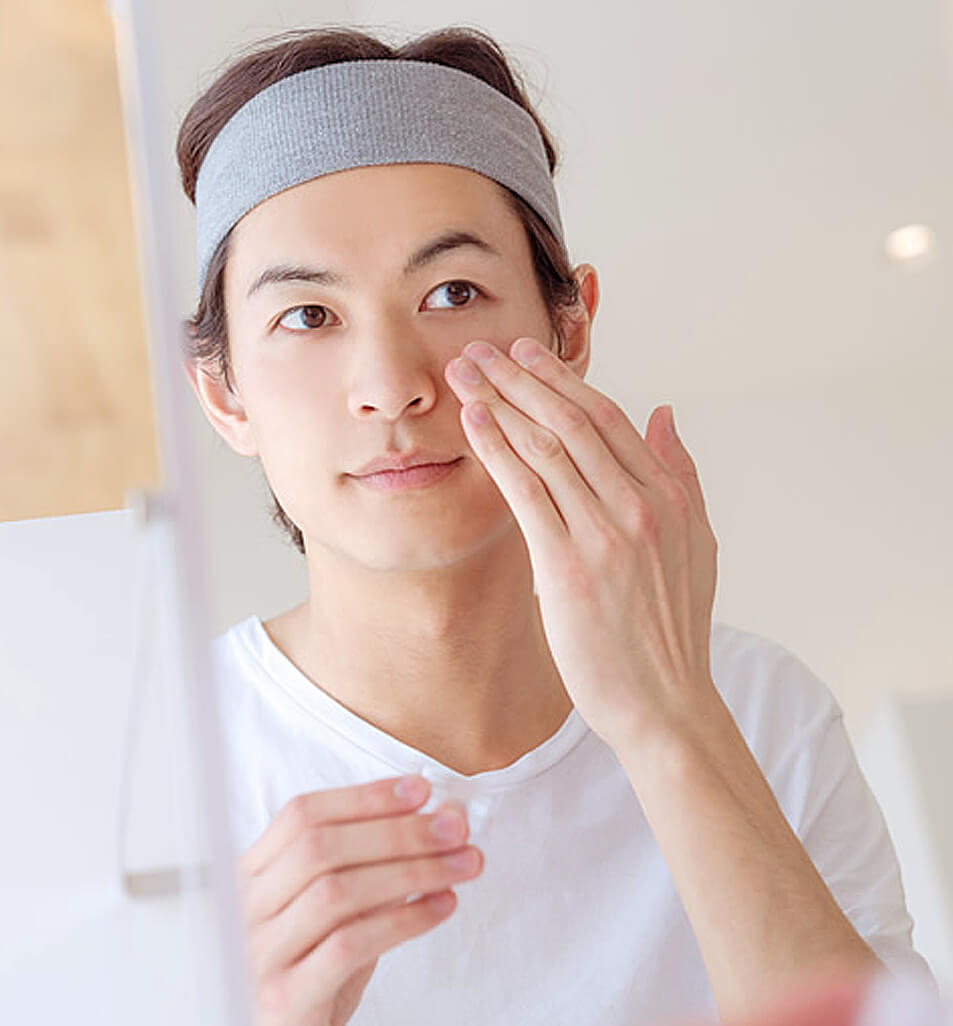Skin Care Tips for Men

How is men's skin different from a woman's?
Men have thicker skin than women due to higher levels of the male hormone, testosterone. Women's skin has more subcutaneous fat and therefore tends to look suppler. The sebaceous glands are also hormone dependent and there is significantly greater oil production throughout life in the skin of men than women. This leads to more severe and long lasting acne in men generally. It also means that the pores are more dilated and the skin looks coarser. The ageing process in the skin is more gradual in men whereas in women, the process can be dramatic at menopause.

How do these differences translate to facial regimes?
ie. What extra steps must men take? Or not do?Having more oily face means that facial skin care products for men should not be greasy or should not leave a greasy residue. If there is a need to moisturize, products must be appropriate, taking into consideration one's daily activities and living and working environment. There is a tendency for men to over wash the face because of the oiliness and this leads to dryness and problems. Know your skin type and use appropriate facial cleansers.
Does it mean that women's skincare is ineffective on men?
Should men only stick to using products formulated for men's skin?
Women’s skincare products may not be suitable on men rather than ineffective. Taking into consideration the physiological differences, a man who is of the same age as his female partner may find her skincare products a bit too oily. Unless the individual is discerning about his skin type, it is generally advisable to use skincare products formulated for men’s skin.
In Singapore's climate, what are the more common skin problems that men face?
Acne
Fungal infections of the skin including the feet
Sensitive skin
How to have good skin and maintain it?
For general skin care:
Acne:
Use appropriate skin care products such as water-based moisturisers and non-irritating facial cleansers. Skin care formulations for men should not be greasy, be easily absorbed and not irritating since there is a tendency for men to over wash. The skin needs to be well hydrated in order for acne to heal well.
Keep skin care regimens simple. Continue the use of prescription topical agents such as retinoids (adapalene or tretinoin) even after acne has been cleared with medication. Do not squeeze your pimples; see a dermatologist when your acne worsens or lasts more than a few weeks despite using over the counter products. Early medical treatment prevents scars. Maintain a healthy life style; exercise regularly, eat a balanced diet and sleep well.

Skin rejuvenation:
Issues that may bother men's appearances include wrinkles, acne scars, pigmentation, seborrhoeic keratoses, sebaceous hyperplasia and jowls. In-office procedures such as Botox®, non-ablative laser resurfacing (such as MedLite® C6 laser), Silkpeel™ dermalinfusion™ (a form of microdermabrasion), IPL photorejuvenation and Exilis® can help to eliminate or reduce the severity of these problems. Microdermabrasion is a non-invasive procedure that is useful for acne maintenance treatment.
Do men need more attention when shaving in the chin area?
What kind of problems can arise from shaving?
There are generally 2 methods of shaving: wet shaving with a razor blade and dry shaving with an electric razor.
Wet shaving is less irritating especially if there is much to shave. Individuals with sensitive skin generally find dry shaving more irritating since no lubricating shaving cream can be used. To avoid undue irritation, use a shaving cream, allow enough time for hair to soften, shave in the direction of hair growth and do not stretch the skin tightly while shaving. Re-growth is more rapidly apparent with dry shaving.
What are some problems with shaving?
The single most distressing possible problem from shaving is ingrown hairs (the medical term is pseudofolliculitis barbae). These can give rise to discomfort, inflammation and even scars and discoloration. The other problem is bacterial infection of the follicle and this is often the result of improper shaving and skin trauma. Of course men do shave other parts of their body including their back, buttocks and pubic area. Shaving large areas of the back and buttocks often give rise to inflammation of the follicle (folliculitis). These problems can be minimised by reducing the growth of hairs through laser-assisted hair removal (eg by GentleYAG® laser system).

| Main Line | : (65) 6734 1411 |
| Fax | : (65) 6235 5900 |
| Mon - Fri | : 8:30am - 5:00pm |
| Sat | : 8:00am - 1:00pm |
| Closed on Sundays and Public Holidays | |

